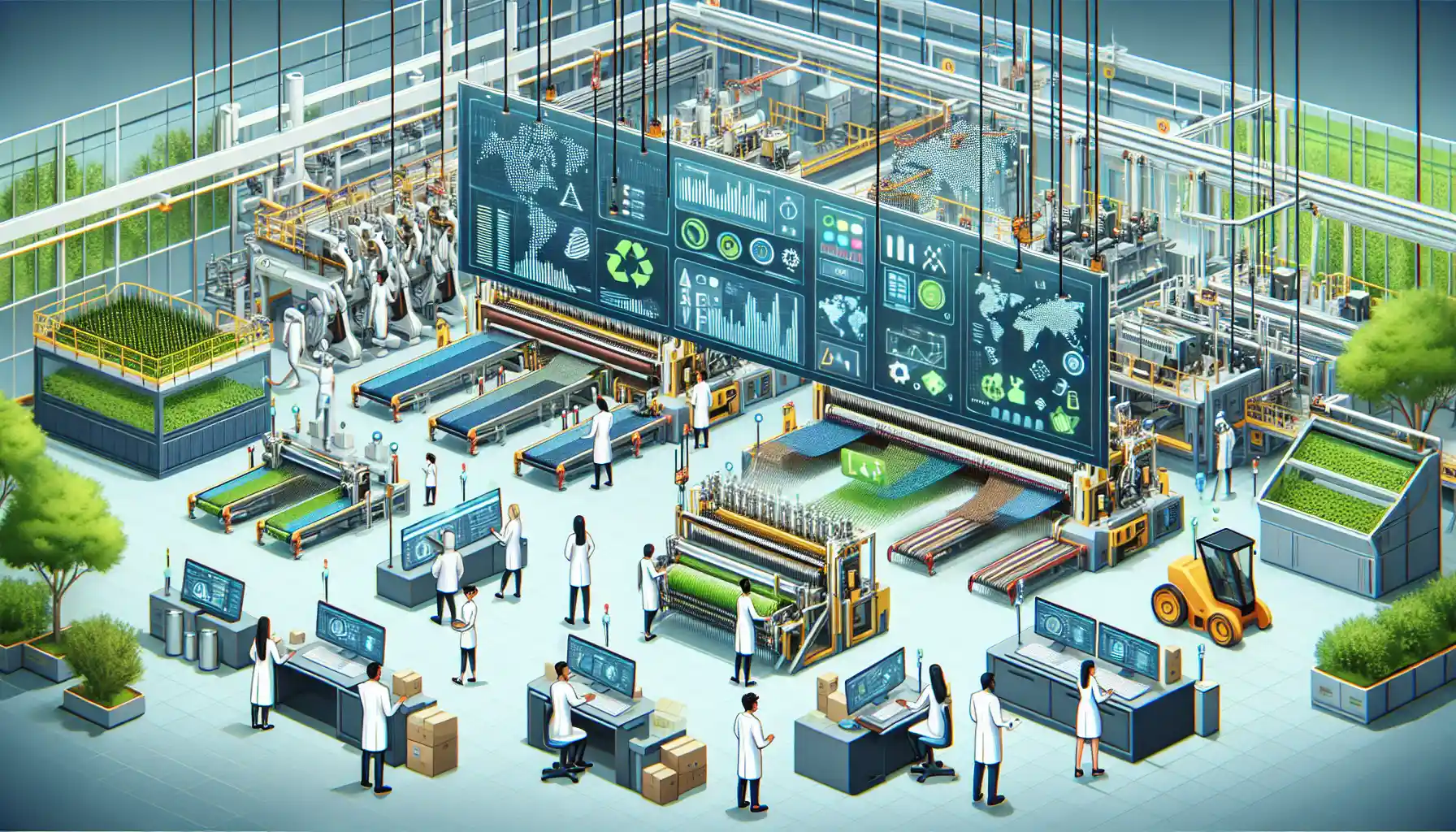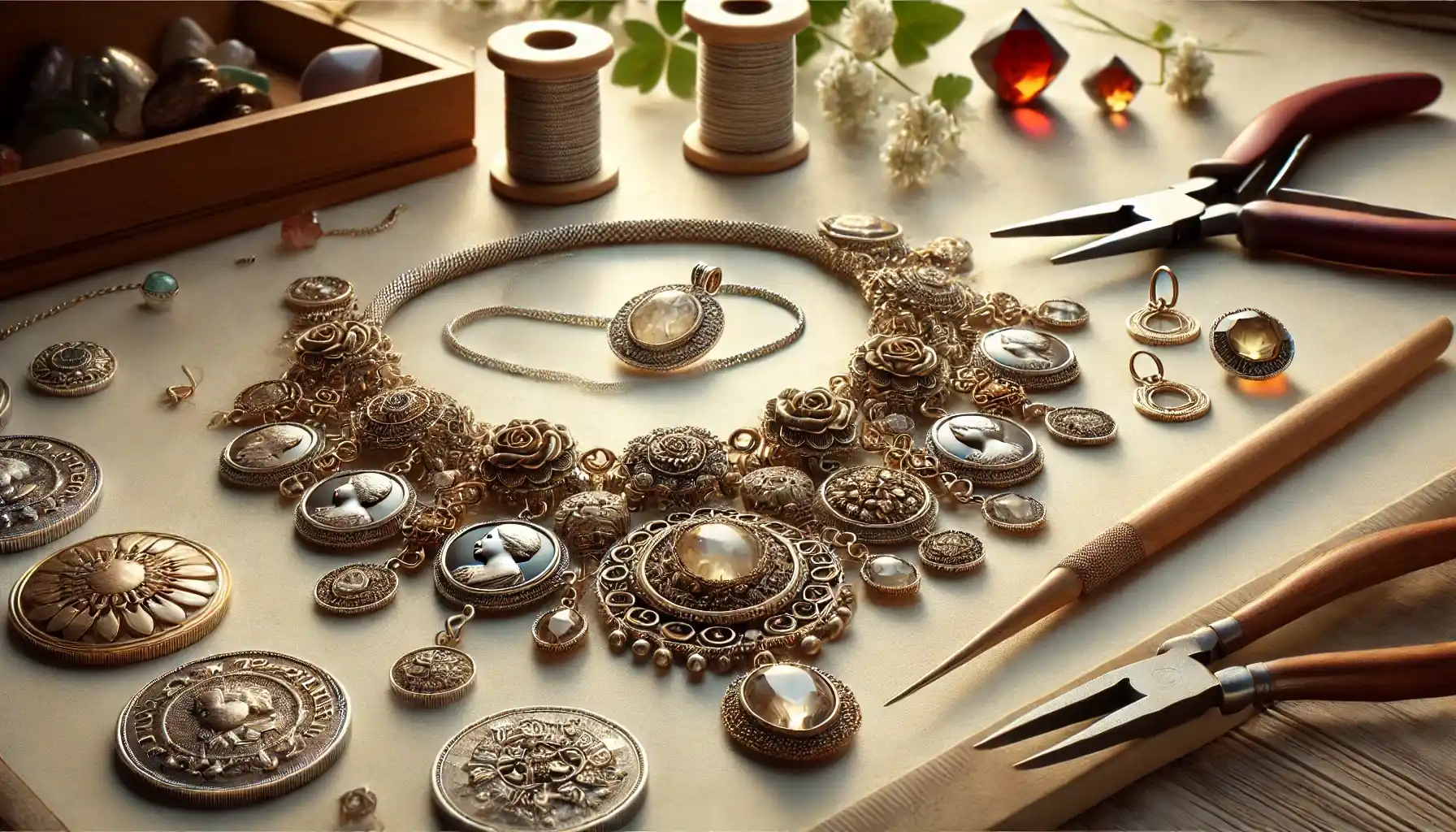How AI is Revolutionizing Sustainable Fabric Production
The Role of AI in Enhancing Eco-Friendly Fabric Manufacturing
Smart Textiles: Where AI Meets Sustainability
Picture this: a future where your favorite shirt doesn’t just look good—it’s made with minimal environmental impact, thanks to the wizardry of Artificial Intelligence. Sounds futuristic? It’s already happening! AI is stepping into the fabric manufacturing world like an artist with a paintbrush, transforming how we create sustainable textiles. Through advanced data analysis, AI can predict everything from optimal dyeing techniques to material durability. For instance, AI algorithms are now able to identify the most eco-friendly dyes, cutting down on toxic chemicals that often seep into water systems. Imagine your jeans being dyed in a way that saves thousands of gallons of water—now that’s something to feel good about!- AI-powered machines can sort fibers with razor-sharp precision, reducing waste.
- They analyze vast databases to develop fabrics that are not only greener but also softer and more durable.
Innovative AI-Driven Techniques for Sustainable Textile Production

Revolutionizing Fabrics with AI Precision
Imagine a world where your favorite shirt doesn’t just look good but also feels like a small victory for the planet. That’s what AI is making possible in sustainable fabric production! By diving deep into patterns and processes that humans could only dream of deciphering, AI is reshaping the way textiles are created—think of it as the ultimate tailor who knows both style and sustainability. Here’s how AI is stitching this transformation together:- Eco-friendly dyeing: No more rivers running rainbow colors! AI analyzes chemical compositions to minimize water usage and toxic waste during dyeing processes.
- Material optimization: Using machine learning, factories can predict the exact amount of fabric needed, cutting down on waste before it even starts.
Benefits of Artificial Intelligence in Reducing Environmental Impact

Transforming Waste into Wonders
Picture this: discarded plastic bottles, once floating in oceans or buried in landfills, now reborn as soft, wearable fabrics. Thanks to the magic of Artificial Intelligence, this isn’t just a dream—it’s happening right now. AI-powered systems are reshaping how we recycle and repurpose materials, turning trash into treasures with unprecedented precision. Here’s how it works:- Smart sorting algorithms scan waste streams, identifying recyclable materials faster and more accurately than ever before.
- AI-driven machines optimize the cleaning and breaking down of these materials into fibers ready for textile production.
- Even the design process gets an eco-friendly upgrade, with AI suggesting ways to use fewer resources while maximizing durability.
Challenges and Solutions in Implementing AI for Sustainable Fabrics

Overcoming the Hurdles: AI Meets Sustainability
Implementing AI in sustainable fabric production isn’t all smooth sailing—it’s more like weaving a complex tapestry where every thread matters. One of the toughest challenges? Data. Think of AI as a hungry machine that thrives on information, but in this industry, data is often messy, inconsistent, or simply nonexistent. How do you teach a system to spot eco-friendly patterns when the "rulebook" is incomplete? Then there’s the question of cost. Sure, AI sounds fancy and futuristic, but not every small-scale fabric producer has the resources to invest in cutting-edge technology. The price tag can feel like a locked door for those already walking the tightrope of sustainability. And let’s talk resistance. Many traditional manufacturers, who’ve relied on intuition and decades-old methods, view AI as an unwelcome guest at their dinner table. Change isn’t easy, especially when it disrupts long-standing habits.- Limited access to clean, usable data
- High costs of adopting AI-driven systems
- Reluctance from traditional manufacturers to embrace tech
Future Trends: AI's Growing Influence on Green Textile Innovations

AI's Role in Shaping Tomorrow’s Eco-Friendly Fabrics
Picture this: the softest, most luxurious fabric brushing against your skin, and it’s not just sustainable—it’s a masterpiece of innovation. That’s the magic of combining cutting-edge AI technology with the quest for greener textiles. AI doesn’t just analyze—it dreams up solutions humans might never imagine. Take fabric waste, for instance. Mountains of it are left to rot or burn every year. But now, AI-powered systems are stepping in like digital detectives, identifying reusable fibers and suggesting ways to transform them into something fresh. Think of AI as the ultimate recycler, giving discarded materials a second life—maybe even as the T-shirt you’re wearing right now. Here’s where it gets even more exciting. AI is helping manufacturers reduce their environmental footprint by optimizing processes such as:- Water usage: Precision algorithms ensure no drop goes to waste.
- Dye application: AI calculates exactly how much color is needed, down to the molecule.
Latest news

The Second Life of Things: How to Turn Old into New to Look Luxurious
Discover how to turn old jeans, coins, and vintage jewelry into luxurious fashion items. Embrace sustainability and individuality with creative upcycling ideas for unique accessories and stylish wardr...

Enhancing Digital Security Strategies for Online Clothing Retailers
This comprehensive guide emphasizes the critical importance of digital security in online retail, particularly for e-commerce clothing stores. It explores common cybersecurity threats, such as phishin...

Fashion Fundamentals: Navigating Trends with Timeless Pieces
Explore essential tips on creating a timeless wardrobe that incorporates current trends without sacrificing classic appeal. Learn how to select, maintain, and evolve foundational pieces for a stylish ...

How to Create Stunning AI-Generated Patterns for Your Clothing Line
Discover how artificial intelligence (AI) is revolutionizing fashion design by enhancing creativity, streamlining workflows, and generating stunning, one-of-a-kind patterns. This article explores AI-d...

Maximizing Investment Portfolios with Precious Metal Coins: A Comprehensive Guide
This comprehensive guide explores the role of precious metal coins in investment portfolios, highlighting their stability, portability, and aesthetic value. It provides insights into key evaluation fa...

Not Every Shiny Coin Is Rare: How to Spot US Quarters Worth Money
Learn how to identify US quarters worth money by checking dates, mint marks, errors, and conditions. Discover some valuable examples like the 1932-D, 1970-S doubled die, and 2004-D Wisconsin Extra Lea...
